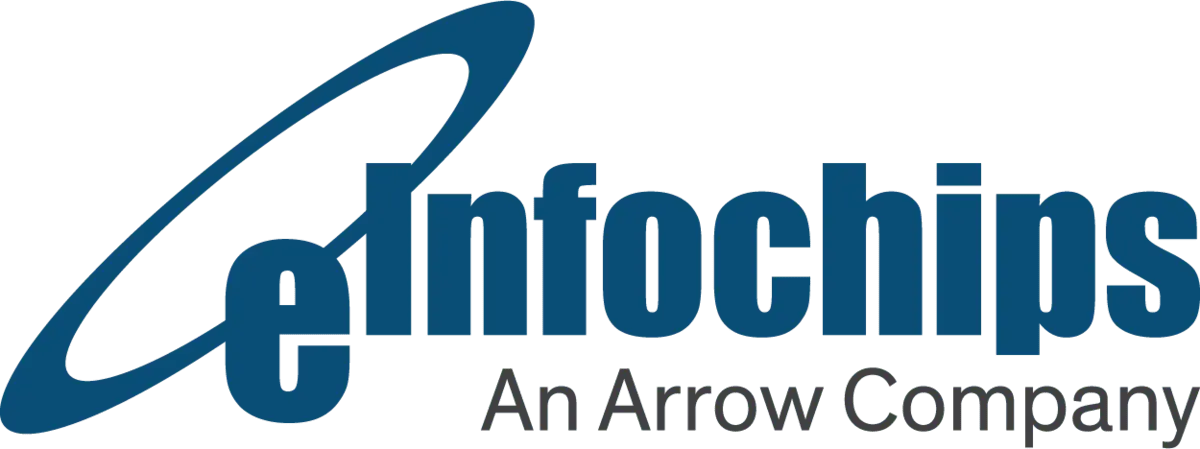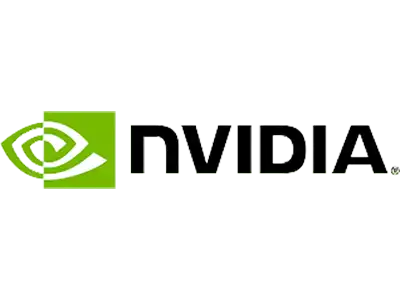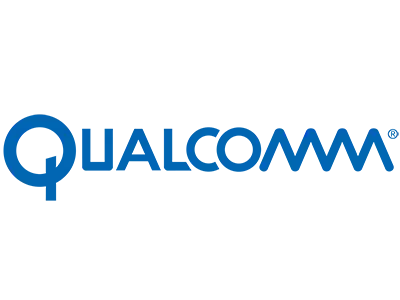Introduction
The eye is delicate and complex, and finding problems inside it takes more than just a flashlight and a lens. Lasers help ophthalmologists see and examine the tiny layers of the retina, optic nerve, and blood vessels with incredible detail and accuracy. Laser technology has emerged as a revolutionary tool to enhance sight and cure prevalent eye diseases.
To build devices with this level of precision, companies rely on deep expertise in medical device product development and testing, including imaging, optics, and diagnostics.
Traditional Diagnostic Methods
There are some traditional methods that ophthalmologists used before the advent of laser technology. These included torch lights, magnifying lenses, slit-lamp examination, fundus copy, tonometry, and visual field testing.
Those methods are heavily based on the doctor’s experience.
Limitations of Traditional Methods:
- Low resolution
- Late detection
- Discomfort (Dye injections, pupil dilation)
- No idea for routine screenings
Laser Technologies in Eye Diagnosis
These days lasers are widely used in eye diagnosis and treatment due to their exceptional precision and ability to target specific tissues with minimal invasiveness. Compared to traditional surgical methods, laser procedures often result in faster recovery times and a lower risk of complications, making them a preferred choice for many eye conditions.
Most used laser diagnosis test is Optical Coherence Tomography (OCT). It is a non-surgical test to capture high resolution and cross-sectional images of the retina by using light. Compared to traditional methods, OCT uses light instead of sound waves to capture images for eye diagnosis.
Emerging Laser-Based Diagnostic Techniques
There are some commonly used tools for laser-based diagnosis:
Optical Coherence Tomography (OCT)
OCT is a non-surgical test that captures detailed, cross-sectional pictures of the blood vessels in and under the retina using light.
It helps doctors see the layers of your retina and optic nerve, making it easier to spot and monitor eye conditions like glaucoma, macular degeneration, and diabetic retinopathy.
Benefits of OCT include being non-invasive, offering high-resolution imaging, enabling fast scanning, and allowing in vivo imaging—capturing images of living tissue without the need for a biopsy.
OCT is a versatile imaging technique that provides high-resolution cross-sectional images of tissues, enabling non-invasive diagnosis, monitoring, and treatment planning in various medical specialties.
Fluorescein Angiography (FA)
FA is a test that injects fluorescein dye into your arm, and it passes through your bloodstream, illuminating the blood vessels in the back of your eye.
A special camera then takes pictures of these blood vessels, helping doctors see any issues or abnormalities in your retina and choroid.
It helps visualize blood flow in the retinal and choroidal vessels, aiding in the identification of abnormalities like blockages, leaks, and swelling that can indicate conditions like macular edema or diabetic retinopathy.
Scanning Laser Ophthalmoscopy (SLO)
SLO with laser is a sophisticated imaging technology that uses a laser to illuminate and scan the retina, point by point, providing high-resolution and high-contrast images.
SLO is used for imagining the retina and can assist in diagnosis of numerous ocular diseases.
It offers several advantages over traditional imaging methods, including capturing high-resolution, high-contrast images, and the ability to penetrate hazy media.
Mechanisms of Laser Technology
Laser-based tools like OCT and SLO provide detailed images of the eye’s internal structures, aiding in diagnosis and management of various eye conditions. These techniques use lasers to scan the eye, creating cross-sectional or 3D images of the retina, optic nerve, and other tissues.
Laser-based tools use combinations of components including a laser source, beam splitter, scan unit, and imaging optics. There are some key hardware components:
- Light source
- Beamsplitter
- Detectors
- Scanning mechanism
- Image processing and analyzing
In OCT, the low-coherence light source emits light waves that are split into two beams. One beam is directed to the eye tissue, while the other is reflected from a reference mirror. The reflected light from both beams is then combined, and the interference pattern is analyzed to determine the depth and reflectivity of the tissues. This process is repeated for different locations in the eye, creating a 2D cross-sectional image.
How Are Laser Technologies Shaping the Future of Diagnosis?
Now a days most of the doctors are using laser-based machines to get a clear and detailed view of the inside of the eye – without touching the eye!
It helps more often in eye-checkups for the following reasons:
- Early detection
- No pain, no touch
- More clarity
- Quick results
- Safe for all ages
- Long term saving
- Speed and precision
- Reduced risk of complications
Conclusion
Lasers are not just used for treating eye problems anymore – they are completely revolutionizing the way we detect diseases, often catching them long before they can affect your vision. If you or someone you care for is living with diabetes, macular degeneration, or glaucoma, it is worth talking to your eye doctor about the benefits of laser-based diagnostics.
Early detection could save your vision.











